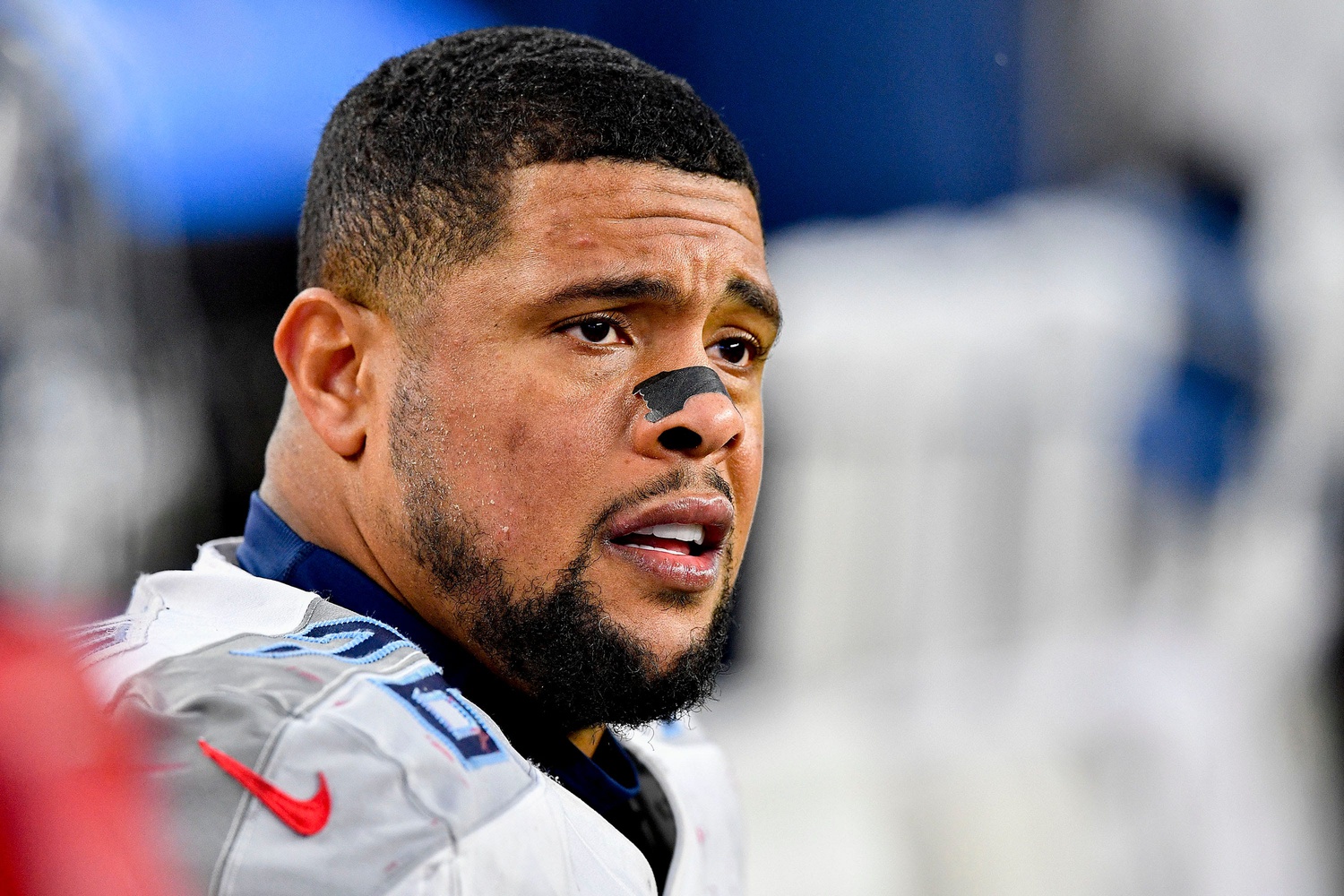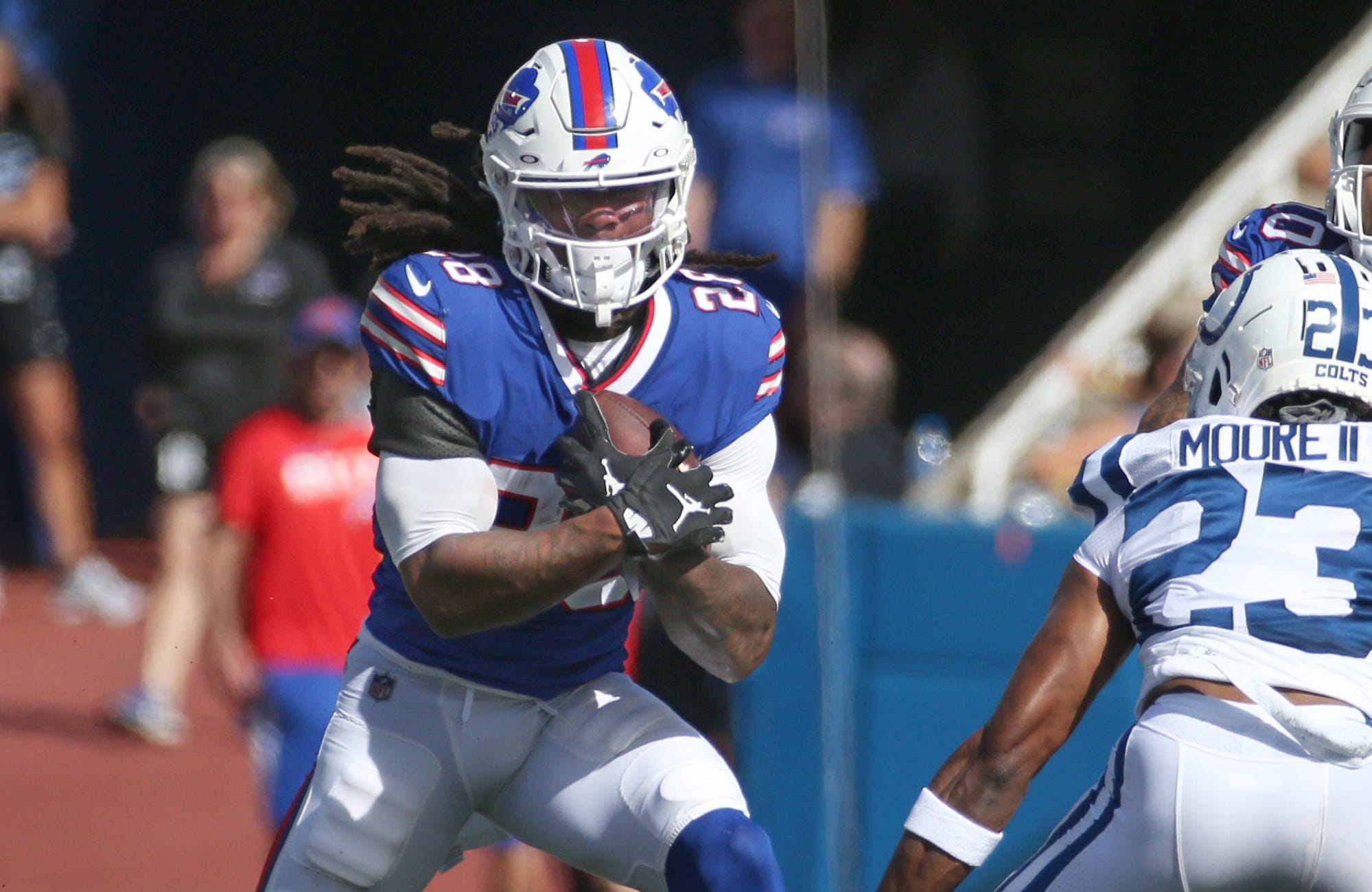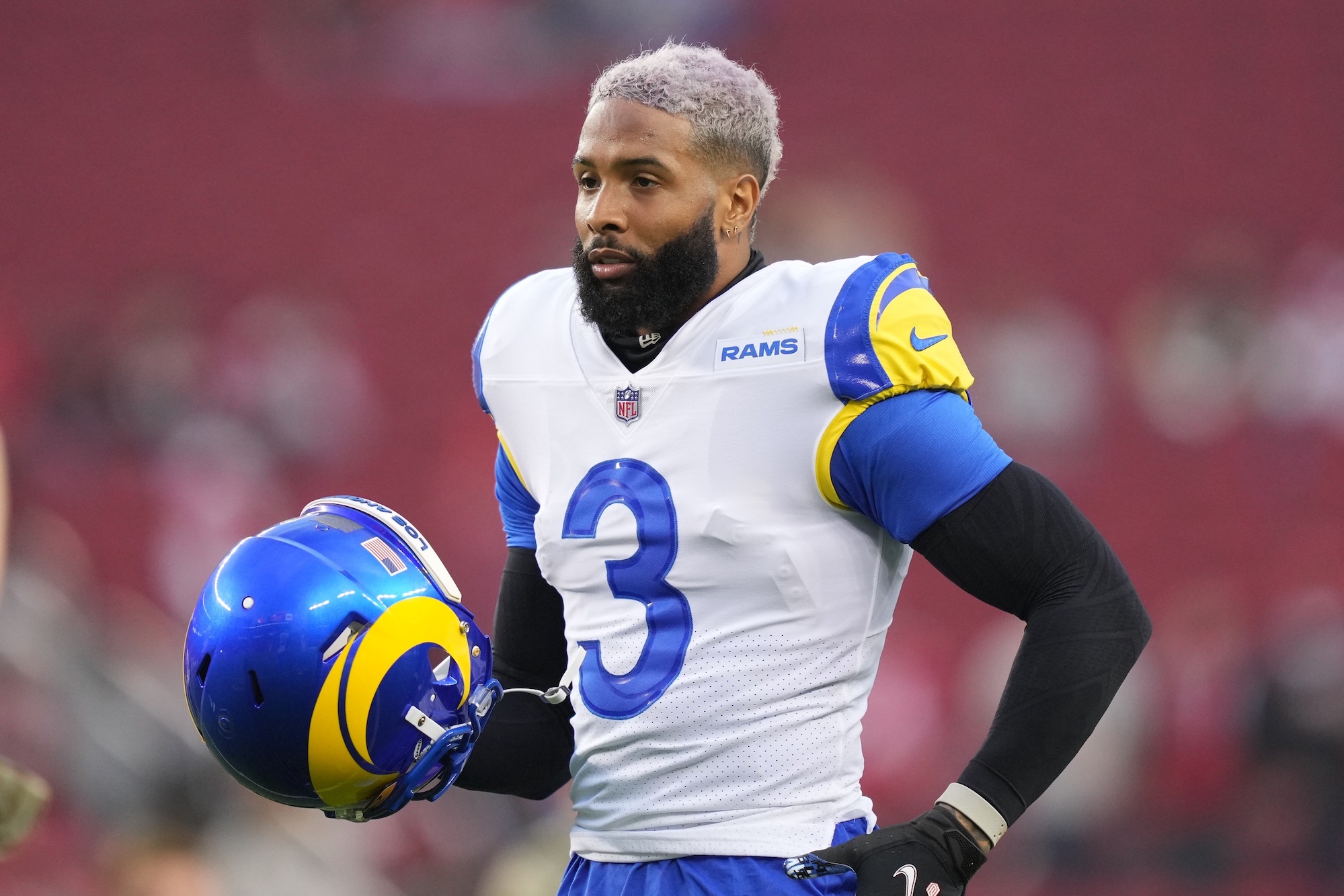In each of the last two seasons, the Buffalo Bills have boasted a top-three scoring offense while finishing in the top five in total offense. That success is tied to the emergence of Josh Allen as a tier-one NFL starting quarterback and the arrival of Stefon Diggs as Buffalo’s go-to receiver.
And while the offensive success has been impressive, the Bills have received a fair amount of criticism for their inability to rely on a traditional running game to complement all the dynamic ways that Allen can wreck a defense.
The lack of consistent success running the football is rooted in a combination of scheme, run blocking, and modest running back talent. The schematic adjustments should take effect under first-year offensive coordinator Ken Dorsey and the influence of offensive line coach Aaron Kromer. There hasn’t been an official confirmation but there’s plenty of reason to believe that Buffalo will employ a more zone-heavy run scheme moving forward as opposed to a run scheme that was more multiple under Brian Daboll that had frequent shifts between man and zone blocking.
A notable contributing factor to the uneven results rushing the football is the team’s inconsistency at the guard position. Over the last two seasons, the Bills have had seven different guards start at least two games. With offensive line performance being a function of five guys working together as one with chemistry and time on task together being important variables for success, Buffalo has been unable to establish consistency with the lineup to allow that to happen.
To start free agency, the Bills made notable moves to shore up the interior offensive line. The headliner is the signing of Rodger Saffold who spent the last three seasons with the Tennessee Titans and first nine seasons of his career with the Los Angeles Rams.
A Pro Bowl selection in 2021, Saffold was a Second-Team All-Pro in 2017 when he was coached by Kromer. His familiarity with Kromer was a big reason why he chose to come to Buffalo.
“We worked together with the Rams. For two years we had one of the top offensive lines in the NFL. We were able to get to a Super Bowl together and turn the entire team around,” Saffold said. “I know his techniques, he always makes sure everything is clear and they work. I know how successful that I was with him and I know I can be just as successful again. Being able to continue to work with him and be with a coach that I know is going to make sure I am familiar with everything going on with every play, with every protection and run – it doesn’t matter. He’s just a great guy to work with.”
While not always together, Kromer and Saffold have a long resume in the NFL being part of successful rushing attacks. Saffold’s ability to create displacement in the run game has been missing from the Bills’ lineup since Eric Wood and Richie Incognito were manning the middle of the Bills’ offensive line.
A 12-year starter in the NFL, Saffold has shown no signs of slowing down. He helped pave the way for Derrick Henry’s 2,000-yard rushing season in 2020 and was a Pro Bowl selection in 2021. Having started in at least 15 games in every season since 2016, Saffold should represent a notable upgrade at guard next to center Mitch Morse.
A free-agent signing entering the 2019 season, Morse has been a stalwart for the Bills at center. Including the playoffs, Morse has started 53 of a possible 55 games for Buffalo and inked a two-year contract extension with the Bills shortly before the team announced the signing of Saffold. His play should be enhanced with Saffold next to him after two seasons of a revolving door at both guard positions.
There’s no mistaking that the Bills offensive line hit its stride in 2021 after Ryan Bates entered the lineup. Heather Prusak reported that the Bills plan on tendering Bates, paving the way for his return in 2022, and he figures to be the leading candidate to start at the guard spot opposite of Saffold.
With the interior offensive line shaping up to be Morse at center with Bates and Saffold at the two guard spots, the two tackle spots are already in good shape. Pro Bowl left tackle Dion Dawkins is signed long-term and is firmly entrenched as Allen’s blindside protector while Spencer Brown is immensely talented and had plenty of positive flashes as a rookie. He has the makings of a high-impact, long-term starter at right tackle.
With the arms race brewing across the AFC, the Buffalo Bills should feel good about how the offensive line is shaping up. The group has the makings of the best unit Allen has operated behind in his career and should be maximized by Kromer, whose resume speaks for itself.
Filed In
Related Articles
NFL
James Cook Can Help Bills Be NFL’s Most Well-Rounded Offensive Unit
- Aug 16, 2022
NFL
Should Bills Try To Sign Odell Beckham Jr?
- Aug 11, 2022
Written By



































